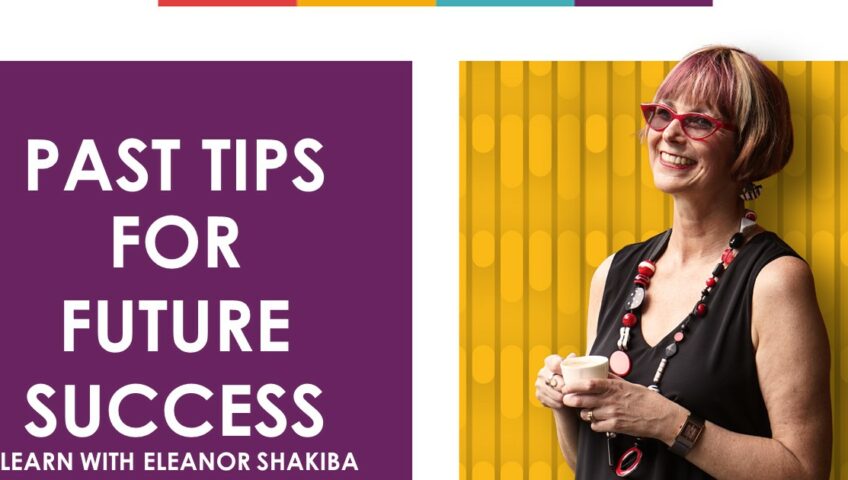If you want better results with people, learning how to build rapport can reap great results. Take Craig, for example. He was a freelance IT consultant who wanted help in getting on with his clients. Craig had difficulty managing his clients’ expectations. For example, he was frequently irritated by clients who ‘couldn’t’ describe what they wanted. What he wasn’t acknowledging was that people who could outline their needs accurately probably wouldn’t need his services in the first place!
A colleague suggested that Craig attended a workshop on Dealing with Difficult Clients. This included a session on how to build rapport with customers. During this course, Craig realised he wasn’t spending enough time working face-to-face with his clients. He was failing to connect with his clients at a crucial stage of his projects. The course leader encouraged Craig to think about how to improve this situation. Craig came up with the following ideas, which you can use to build rapport, too:
- Always meet with clients face-to-face in order to discuss their needs and expectations at the start of a project. This allows the rapport to develop naturally
- Match customers’ language during your analysis conversations. This shows you understand them
- Offer three (differently priced) options for every proposal you offer. This puts clients in control of their budgets
- Ask clients how often they would like to receive updates and schedule your communication to match those preferences. Also check whether they prefer to receive written or verbal updates and take these preferences into account
- Notice whether clients prefer talking about big-picture concepts or details. Then word all your correspondence to match their processing preferences
Need advice on how to handle a difficult station? Ask Eleanor now.
